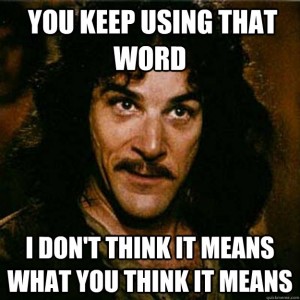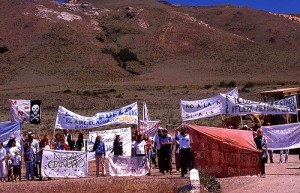Earlier today SeaWorld announced to the media that it was making major changes in its practices when it comes to marine wildlife. The announcement comes after years of bad publicity and failing stock prices as the result of the documentary Blackfish, criticism from marine mammal and marine conservation scientists and an unrelenting social media campaign by online activists. The changes announced are a major paradigm shift for the company and include:




